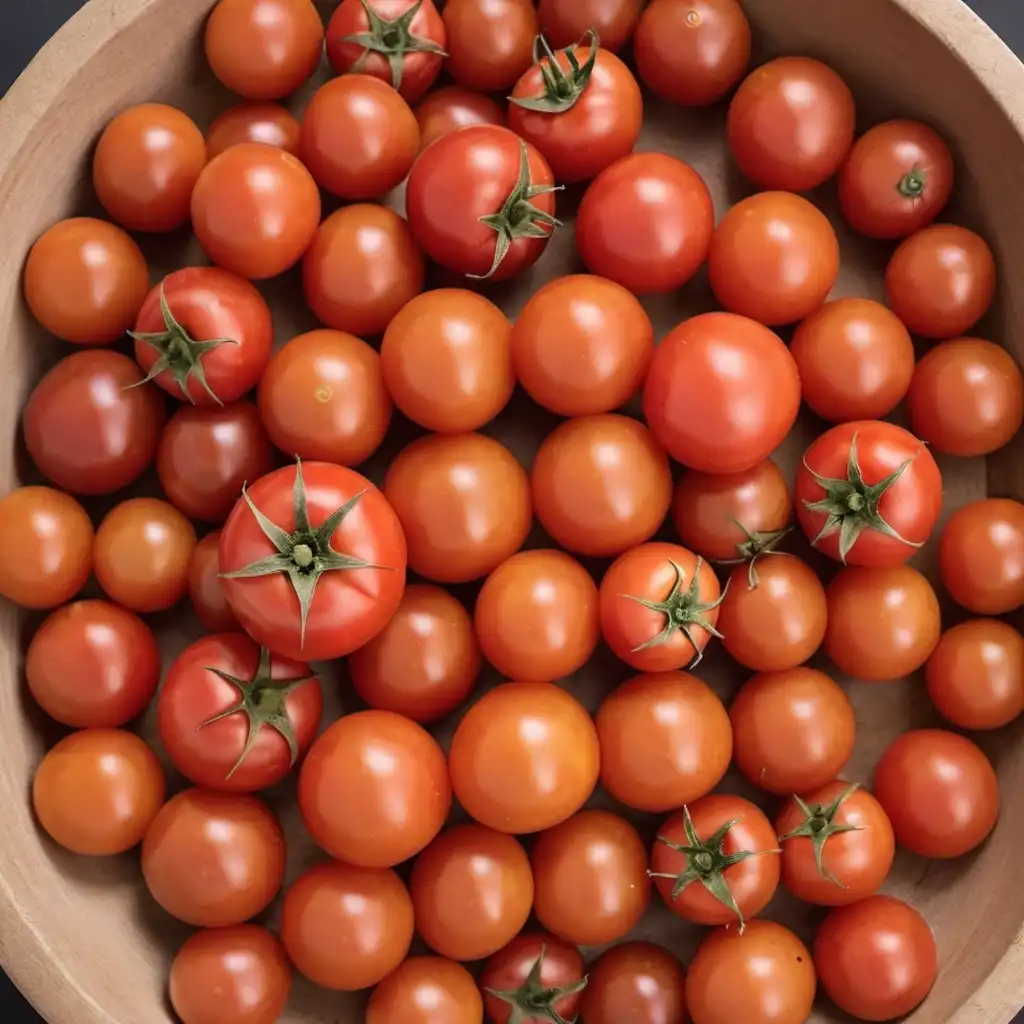图片提示词prompt
ush Tomato (Solanum centrale) 🌿
Where It Is Grown:
Region: Central Australia (Arid and semi-arid regions)
Climate: Hot, dry environments
Season It Is Grown In:
Harvest Season: Summer (December to March)
Parts of the Plant Used:
Fruit: Small, round berries that turn from green to yellow and eventually reddish-brown when ripe
Flavour/Aroma:
Flavour: Intense, tangy, and slightly spicy with earthy undertones
Aroma: Pungent and musky
Nutrition:
Nutritional Benefits: High in antioxidants, vitamins A and C, and dietary fiber. Contains essential minerals like potassium and magnesium.
Culinary Use:
Uses: Often used in chutneys, sauces, and spice blends. Can be rehydrated and added to dishes or used in dried form.
How It Is Used:
Preparation: Dried and ground into a powder or used fresh. Can be rehydrated in water before use.
Cooking: Added to soups, stews, and marinades. Enhances the flavor of meat dishes and is used to make traditional bush tomato sauces.
Tools and Equipment Used to Prepare It:
Preparation Tools: Knife for slicing, grinder for powdering dried bush tomatoes, mortar and pestle (optional)
Cooking Equipment: Pots, pans, and utensils for mixing and cooking
Storage:
Storage Method: Store dried bush tomatoes in an airtight container in a cool, dark place. Fresh bush tomatoes can be refrigerated but are best used promptly.
History of Use:
Indigenous Knowledge: Traditionally used by Aboriginal Australians for thousands of years. Integral to various Indigenous cuisines and cultural practices. Known for its medicinal properties and use in bush tucker.
[Visual Elements for the Poster]
Images:
Pictures of bush tomatoes in various stages (fresh, dried, powdered)
Illustrations or photos of traditional dishes incorporating bush tomato
Map highlighting Central Australia
Design Elements:
Background featuring desert or arid landscape
Indigenous patterns or motifs for an authentic touch
Clear, bold headings with colorful accents
番茄(Solanum centrale)🌿









